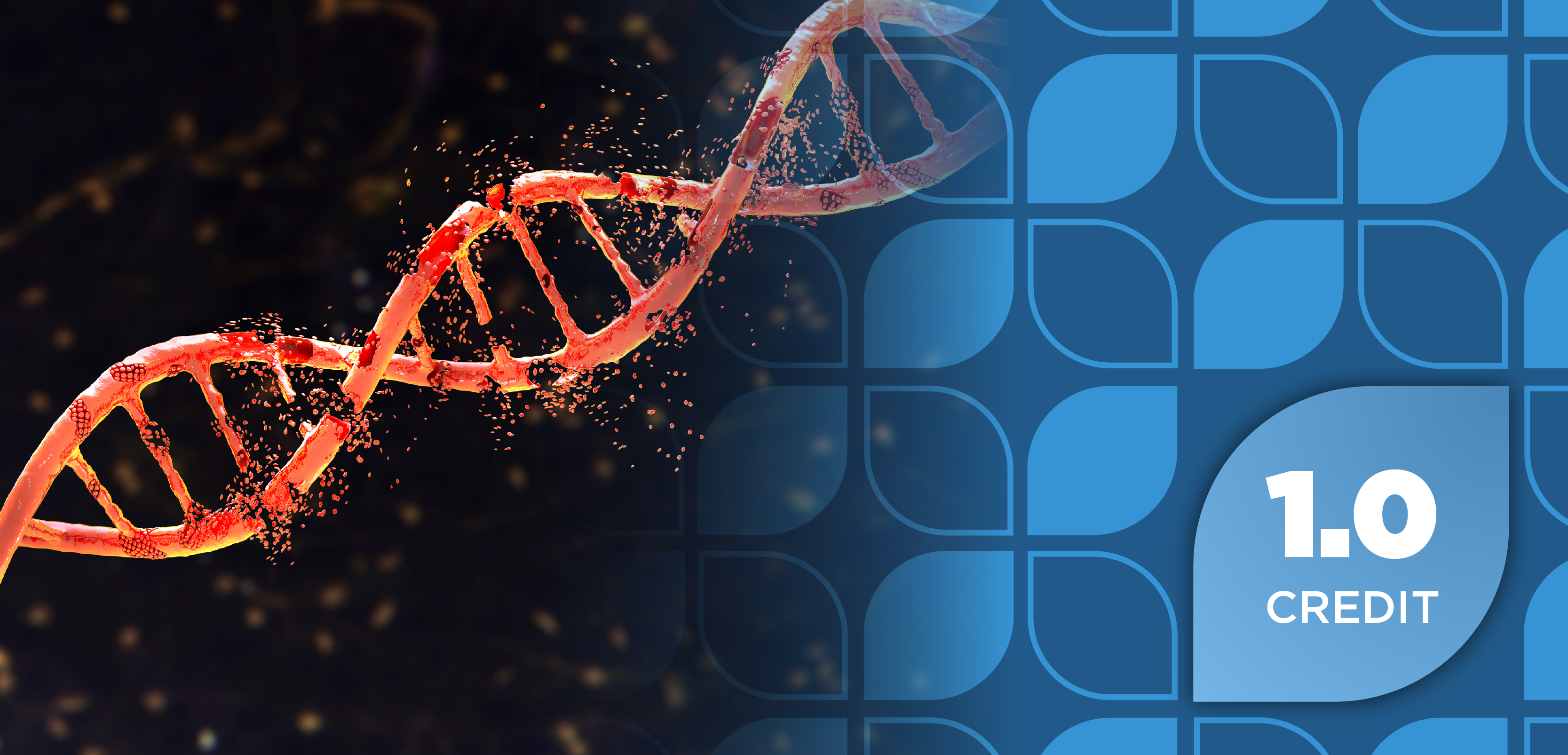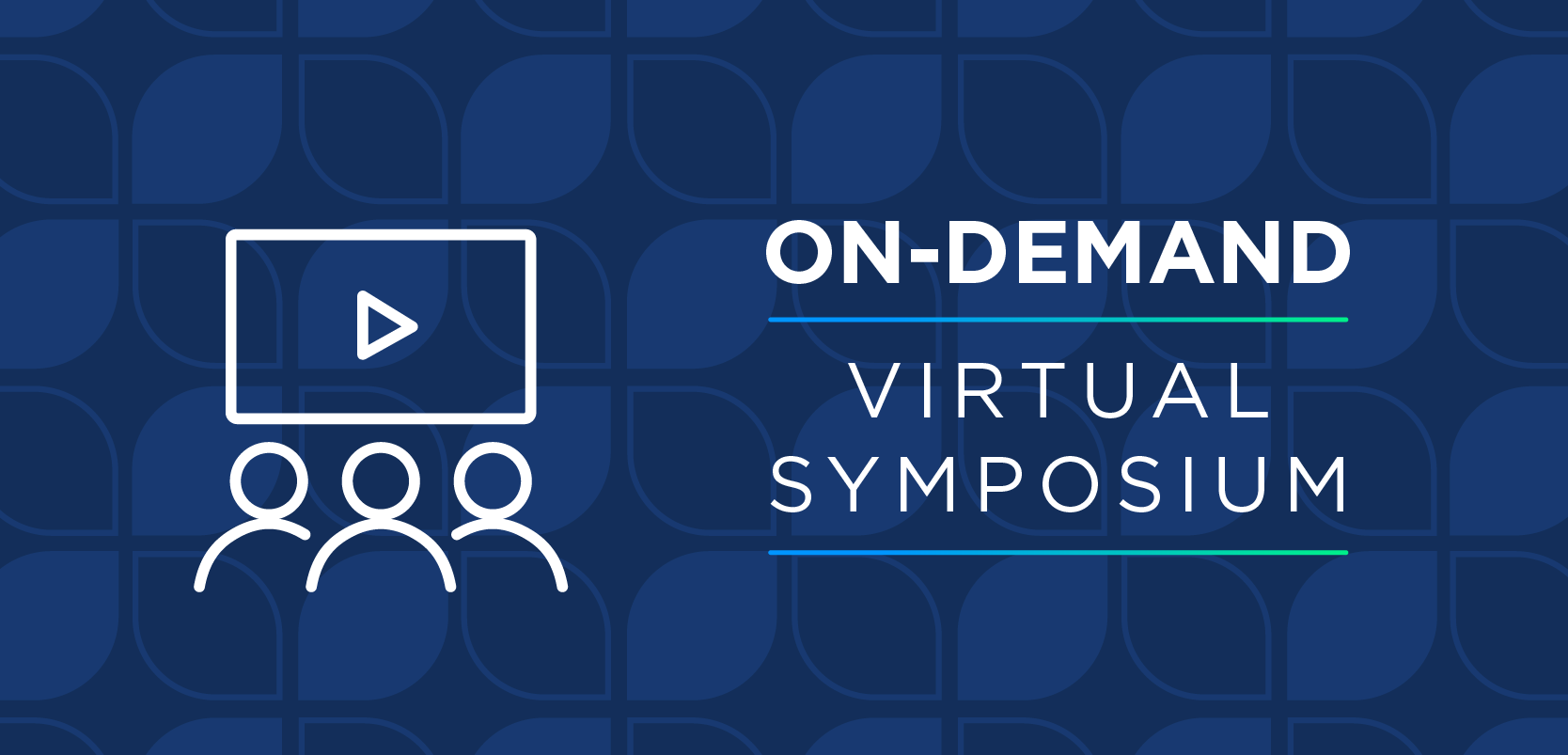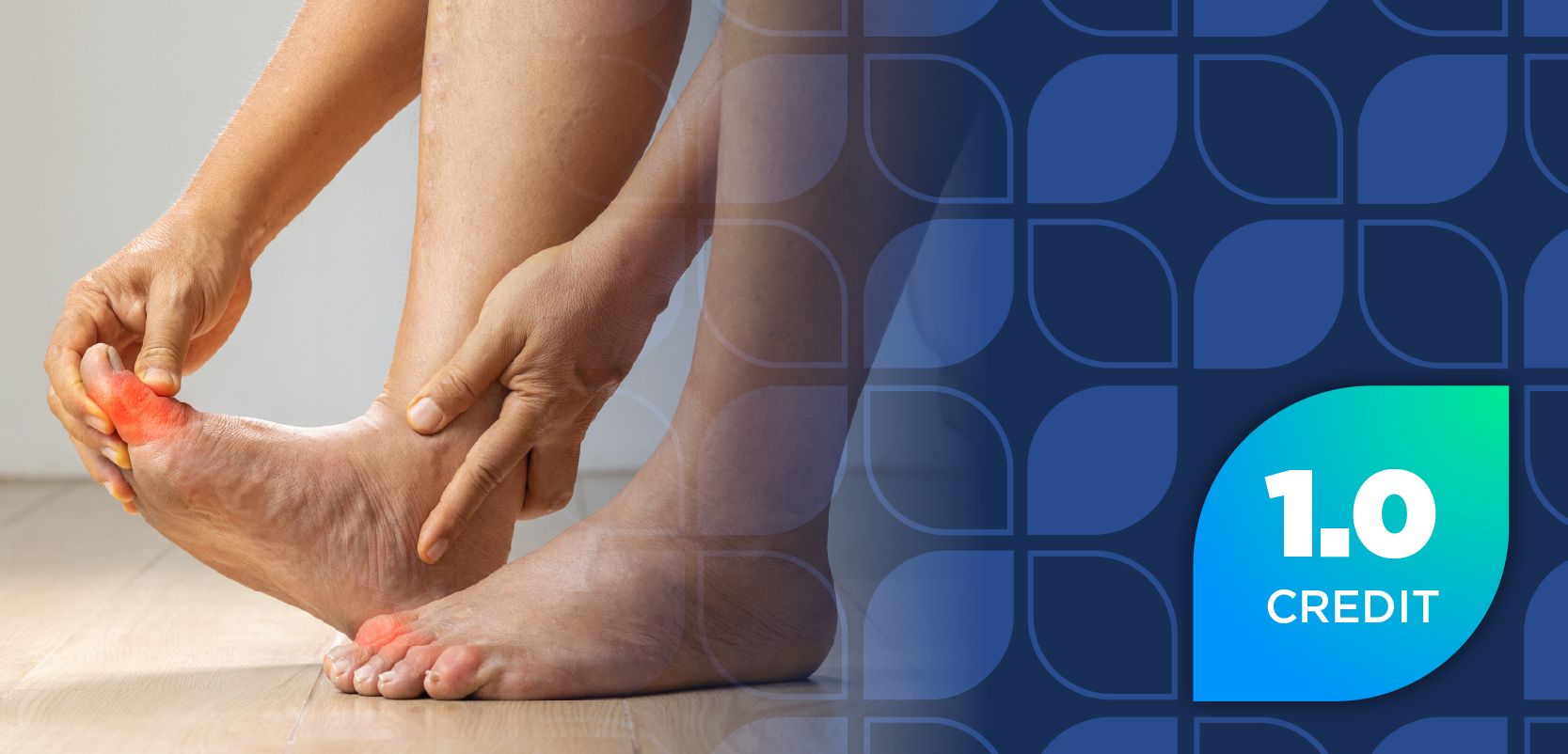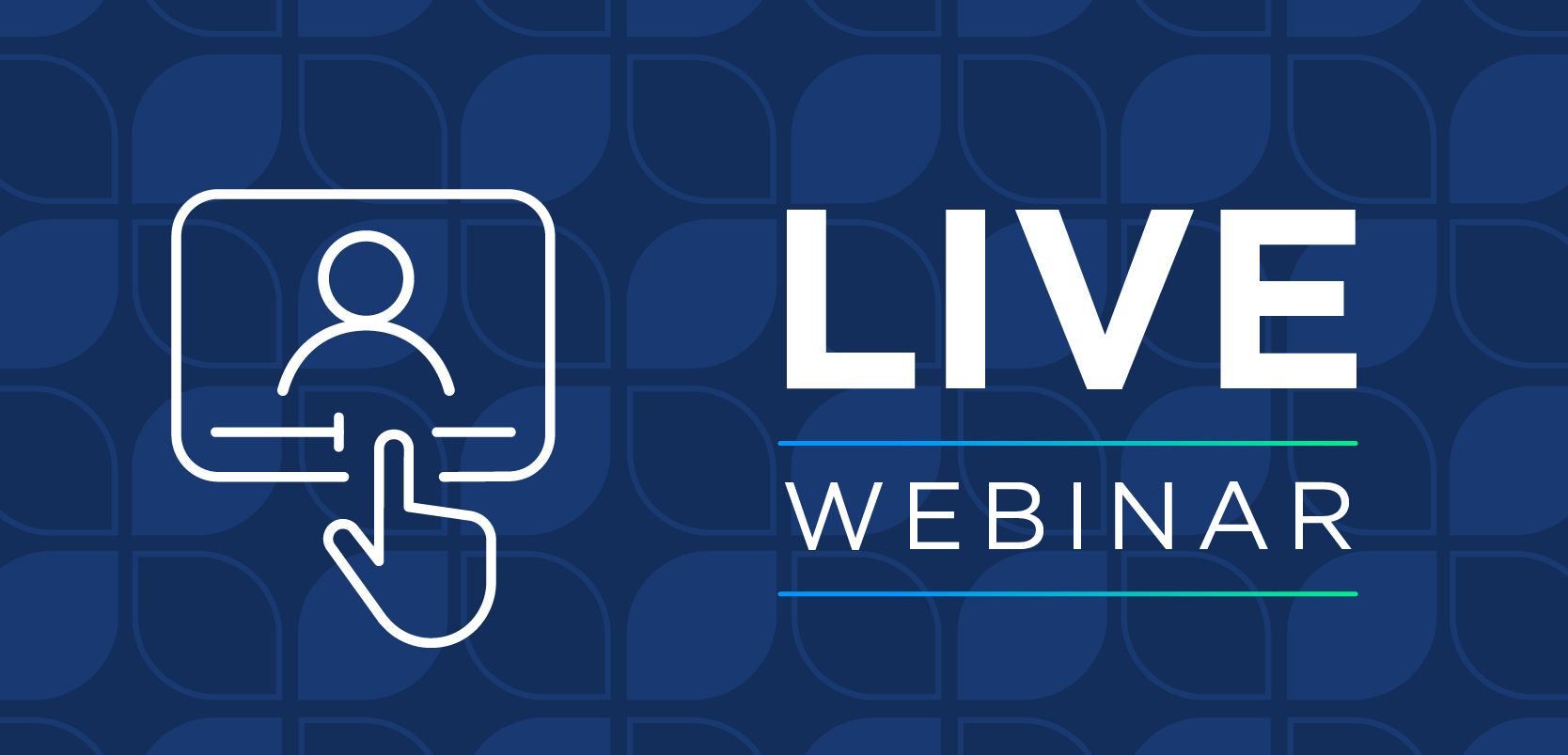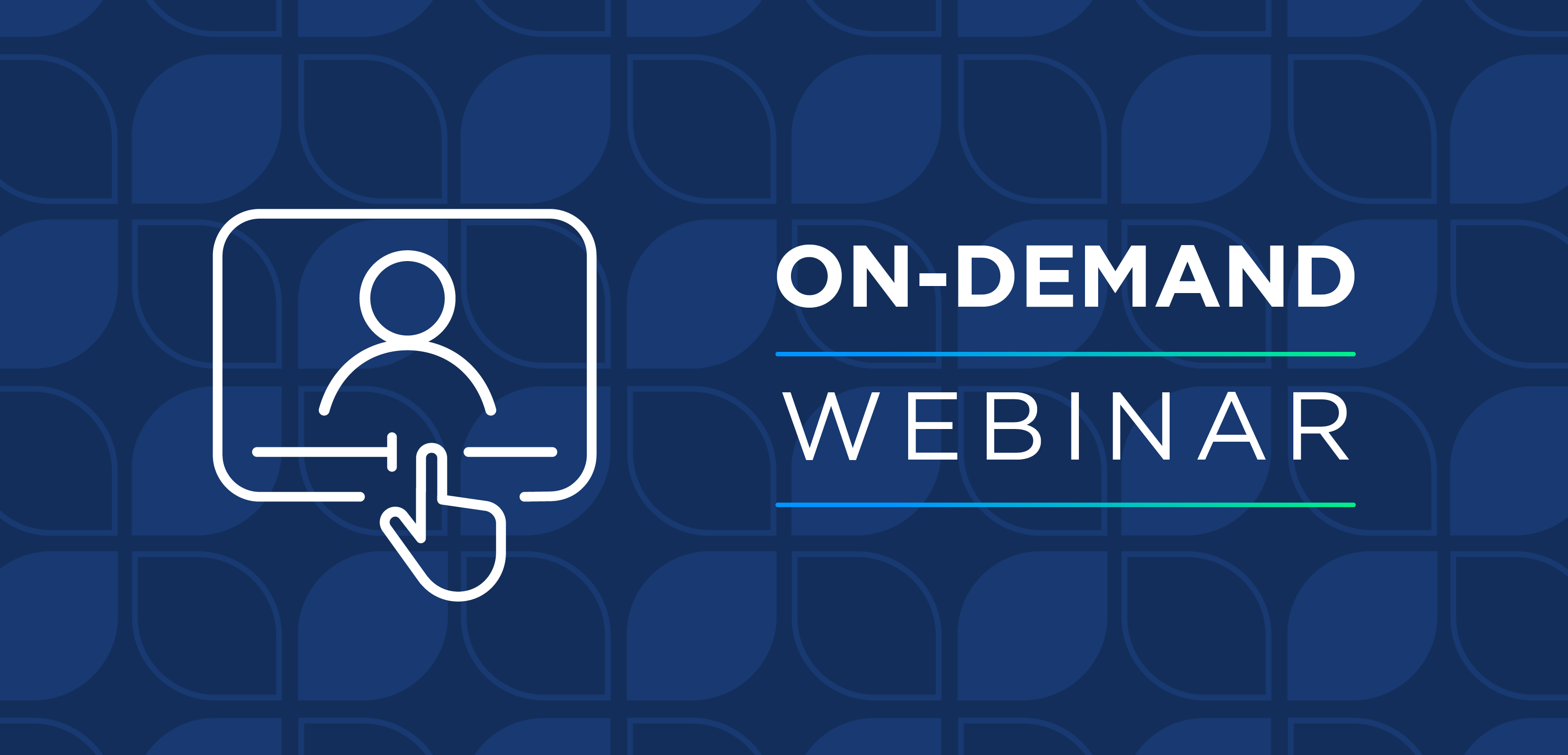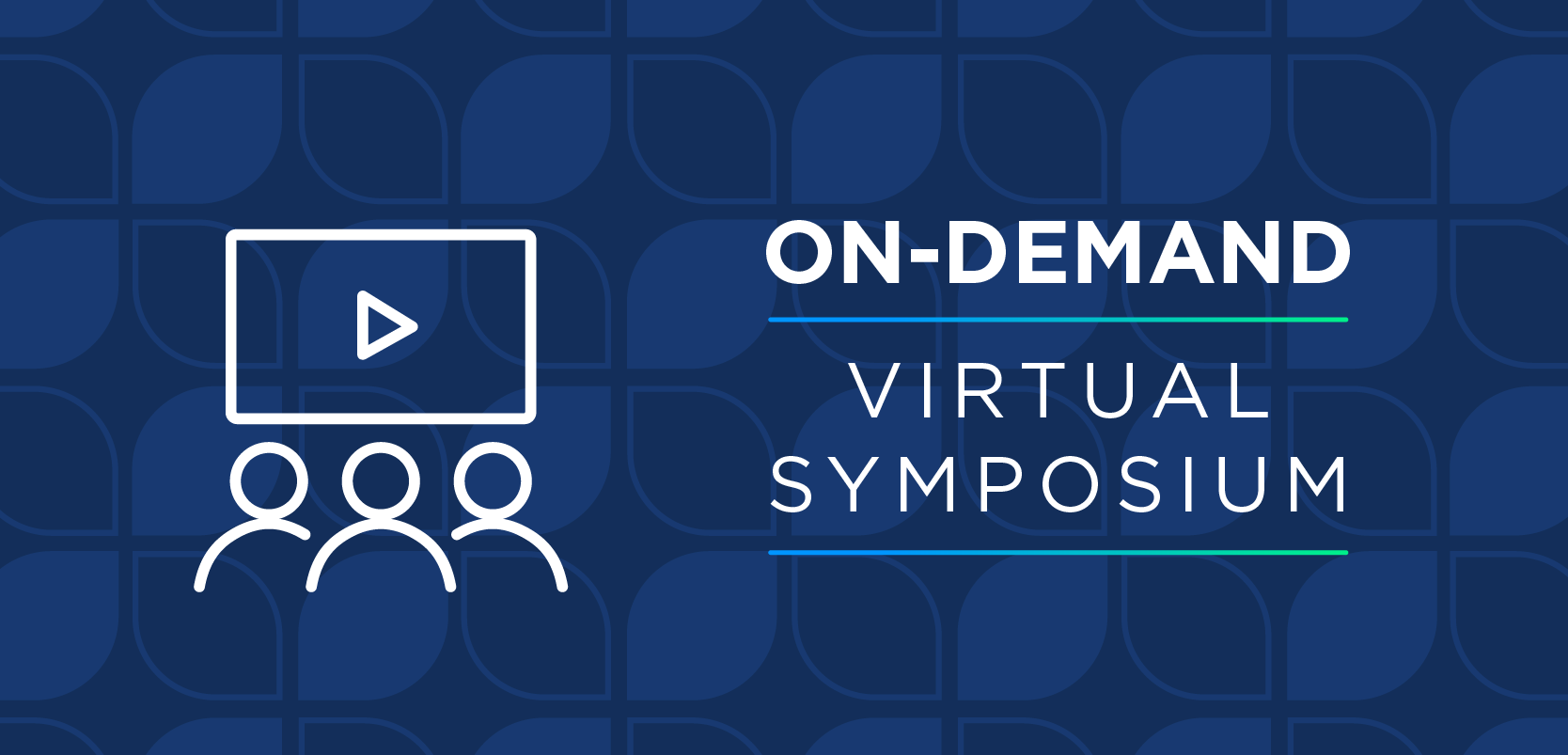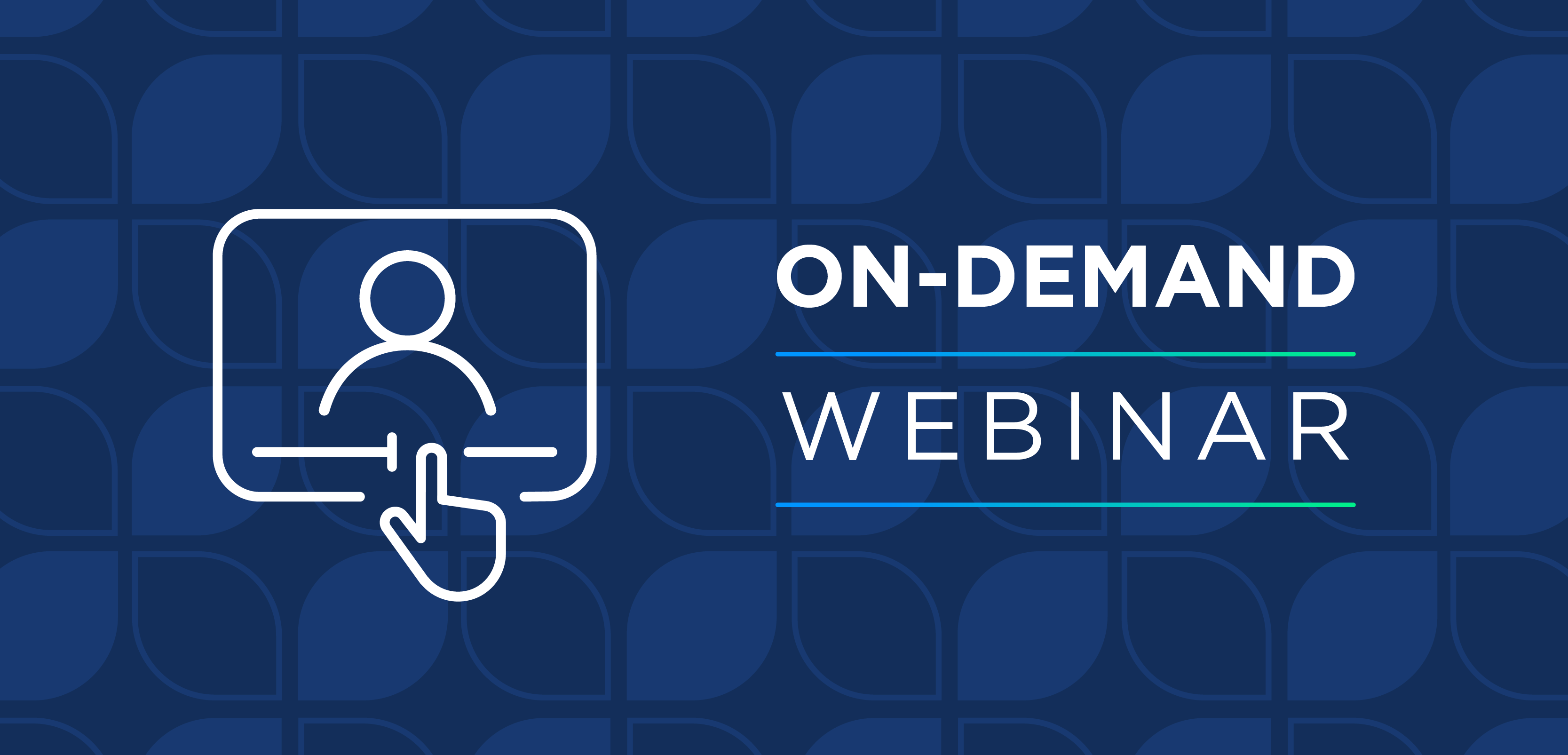
ADA 2025: Advancing CGM Adoption for Type 2 Diabetes Care
Continuous glucose monitoring (CGM) is poised to transform type 2 diabetes management.
Kevin Sayer, CEO of Dexcom, discusses the key barriers to continuous glucose monitoring (CGM) adoption for type 2 diabetes (T2D) in an interview with Pharmacy Times® at the 85th Scientific Sessions of the American Diabetes Association (ADA) in Chicago, Illinois. Sayer primarily focuses on barriers to insurance coverage and the need for educational efforts among health care providers and patients. He highlights the importance of clinical evidence and evolving guidelines from organizations like the ADA to support wider CGM integration, emphasizing that 100% of surveyed health care professionals believe CGM enhances glucagon-like peptide-1 (GLP-1) treatment. Sayer also points to the future potential of CGM, particularly through artificial intelligence (AI)-driven personalized insights and the integration of additional health data like nutrition, activity, and sleep.
Pharmacy Times: What are the key barriers to wider CGM adoption for people with T2D, and how can they be overcome?
Kevin Sayer: We have learned over time that the first barrier is getting it paid for. People want products reimbursed, and they're much more likely to use a product if it's paid for by the insurance system. We've had major wins this year. The 3 largest PBMs now cover CGM for anybody with diabetes. That'll all be fully implemented by the end of 2025. It takes a while to implement things like that. We are getting insurance coverage. We don't have Medicare and Medicaid coverage for all those type 2 patients yet, but we'll work on that. That's the first barrier. The second barrier is an educational one. We must educate their caregivers and the individuals themselves on the benefits of using CGM in their health and what they can do. With respect to health care professionals, we've got to work on making it easier for them, easier for them to prescribe, easier for them to get the data from the system, and easier for them to give their patients recommendations on how to be healthier. But they'll see, the physicians will see, if that med is working or not. In our state of type 2 paper that we published in conjunction with this meeting, one of the things that was very interesting to me was that there were like 111 health care professional surveys. 100% of them said a GLP-1 would be more effective if you use the CGM with it, unanimous. That's the only unanimous thing in the whole survey. We think there are great benefits to using it. We just must do a good job of documenting them and develop that clinical evidence base that supports it.
Pharmacy Times: How do evolving guidelines influence the integration of CGMs into standard clinical practice for T2D?
Sayer: Standards are important. The ADA, this group here, has increased their scoring as far as using CGMS for people with diabetes, literally progressively over the past 5 years. It is a progressive group. When people see recommendations like that, it's much easier, but we need to provide a lot of the clinical evidence that drives those recommendations. We have studies going on right now with people with type 2 diabetes, not on insulin, that we think will deliver the type of outcomes that can drive that type of coverage. We're excited for that. We need more outcomes; we need more data.
Pharmacy Times: How can CGM data be effectively leveraged by health care providers for personalized T2D treatment?
Sayer: The best way they can do it is medication. You can see very quickly, if I've prescribed metformin for you and I'm not getting any benefits from that, I'm still having those big spikes. It's time for another compound. You can see the same with SGLT2s. You can also see it with GLP-1s. If people aren't taking advantage of the appetite-curbing features of a GLP-1 and their average glucose is not going down, then they can change what they're treating them with and change what they're doing. They can also see habits that their patients might have, where they can jump in and say, "Hey, we need to look at x, y, and z." It's a piece of paper, or it's a computer screen where you can point to something real and say, "Look, this is something we can be better at."
Pharmacy Times: What are the future potentials or next significant developments for CGMs in managing T2D?
Sayer: AI can become a big factor here. With our insulin-using patients, we have more than a trillion data points that we can figure out what to do with as we develop that database with type 2 patients. The tools are so much better than when we started; we should be able to develop insights that are meaningful and personalized to the people that we serve as they wear this product. I think AI will be a big benefit, particularly as you add nutrition, activity, sleep, and other signals into the biosensor universe, and we're preparing to do that.
Newsletter
Stay informed on drug updates, treatment guidelines, and pharmacy practice trends—subscribe to Pharmacy Times for weekly clinical insights.

















